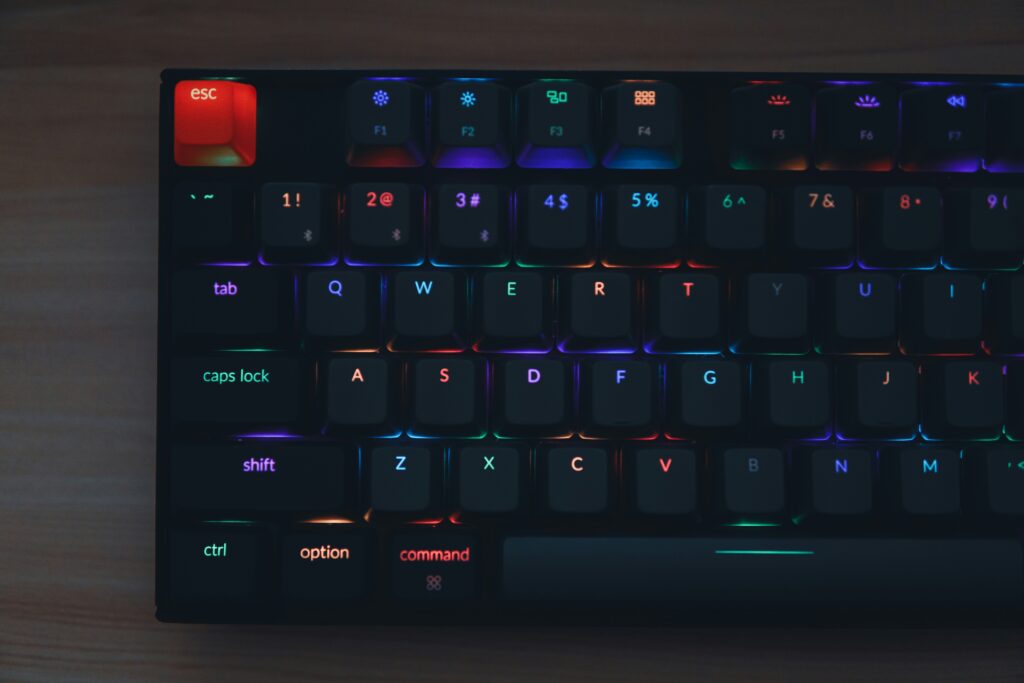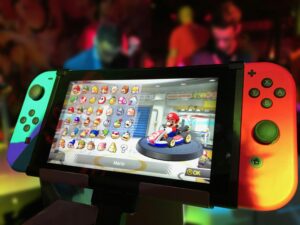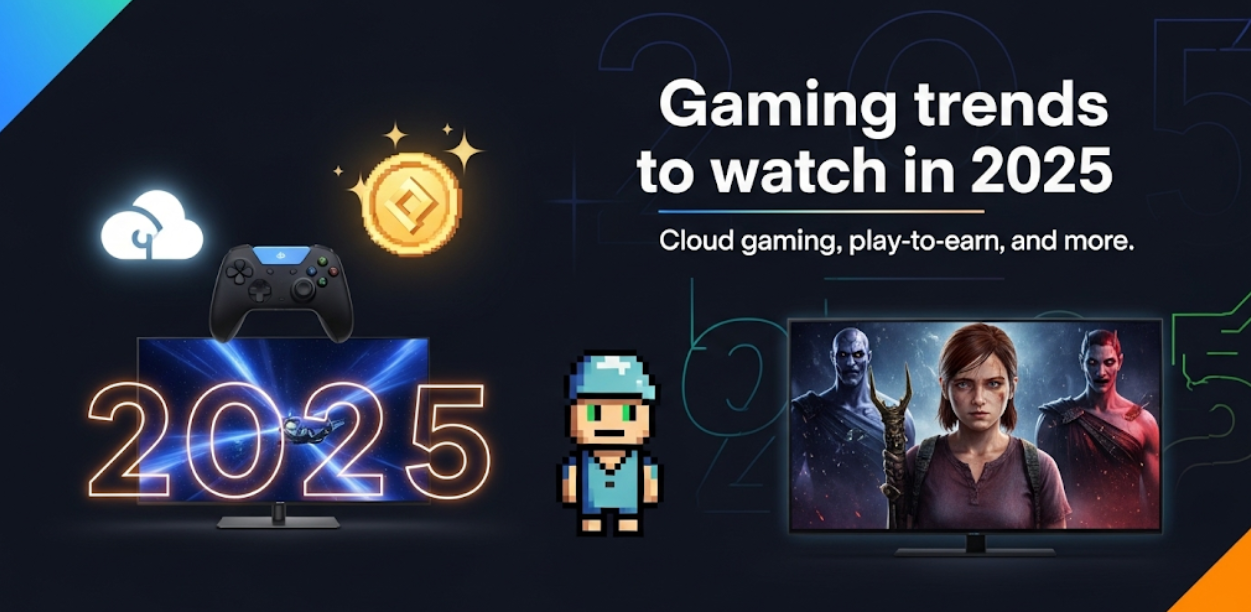Gaming keyboards didn’t always look or feel the way they do now. Today’s boards are packed with features; mechanical switches, RGB lighting, macro keys. But it all started with something much simpler.
Back when membrane ruled
In the early days, most gamers used basic membrane keyboards. These were cheap and easy to find. You’d press a key, it would push a rubber dome down, and the computer would register it. Simple stuff.
But membrane keyboards had problems. Keystrokes felt soft and unresponsive. If you pressed multiple keys at once, some wouldn’t register at all. That’s ghosting. And in fast games, it meant missed moves or failed combos.
They worked, sure. But they weren’t made for gaming.
Mechanical keyboards change the game
Then came the shift.
Mechanical keyboards started gaining attention. Each key had its own switch no rubber domes. The difference was clear from the first press. You could feel the actuation. The feedback was crisp. The response was faster.
And best of all? No more ghosting.
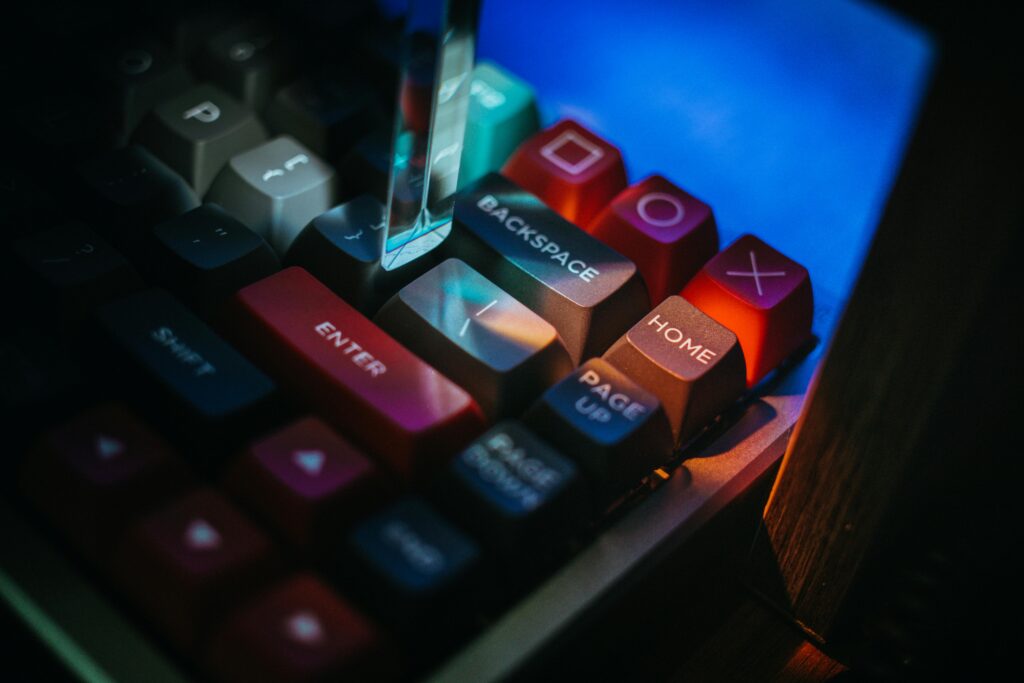
These switches came in different types. Linear for smooth presses. Tactile for feedback. Clicky for that loud, satisfying sound. Players could pick what suited their playstyle.
Suddenly, keyboards weren’t just input devices. They were part of the gaming setup.
Big brands made it mainstream
As demand grew, gaming companies stepped in. Razer, Corsair, SteelSeries, MechLands, Epomaker and others started making mechanical gaming keyboards. These boards had more than just switches. They came with RGB lighting, media controls, detachable cables, and dedicated software.
RGB lighting wasn’t just for show. You could highlight keys, create zones, or match it with your PC lights. Some keyboards even let you create profiles for each game.
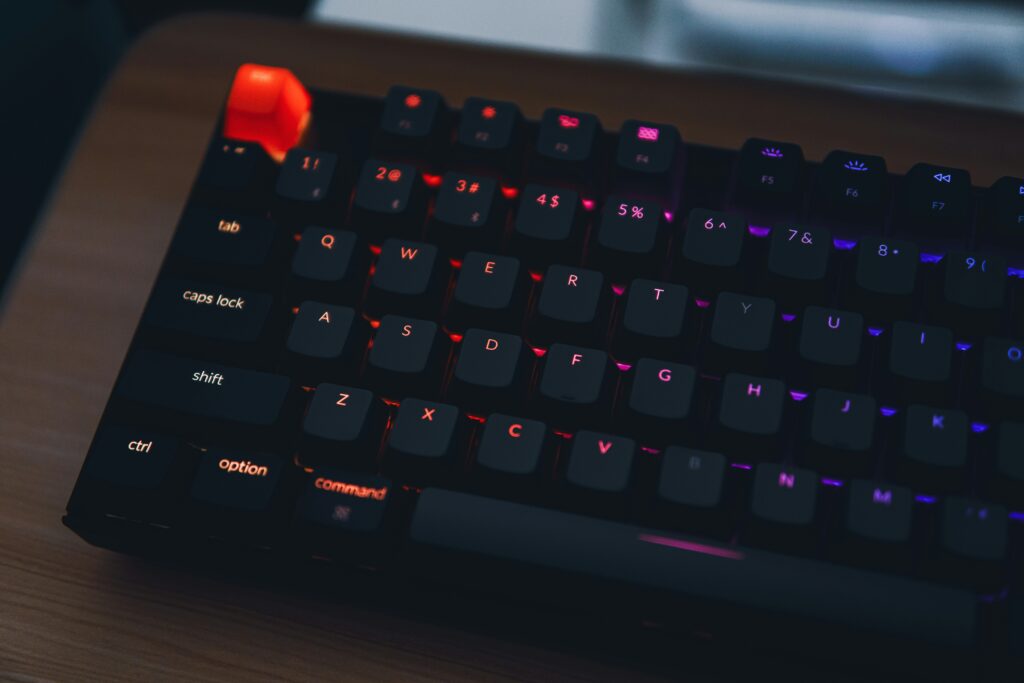
And macro support? A game-changer for MMO and strategy players.
Mechanical keyboards became more than just a luxury. They became essential.
Modern features and personal setups
Fast forward to now. Gaming keyboards have levelled up again. Hot-swappable switches are a big deal—you can change switches without soldering. Want a quieter setup? Pop in silent linear switches. Want more feedback? Swap to tactile ones.
Keycaps have improved too. Most quality boards use PBT plastic now. It doesn’t shine or wear out like the old ABS ones.
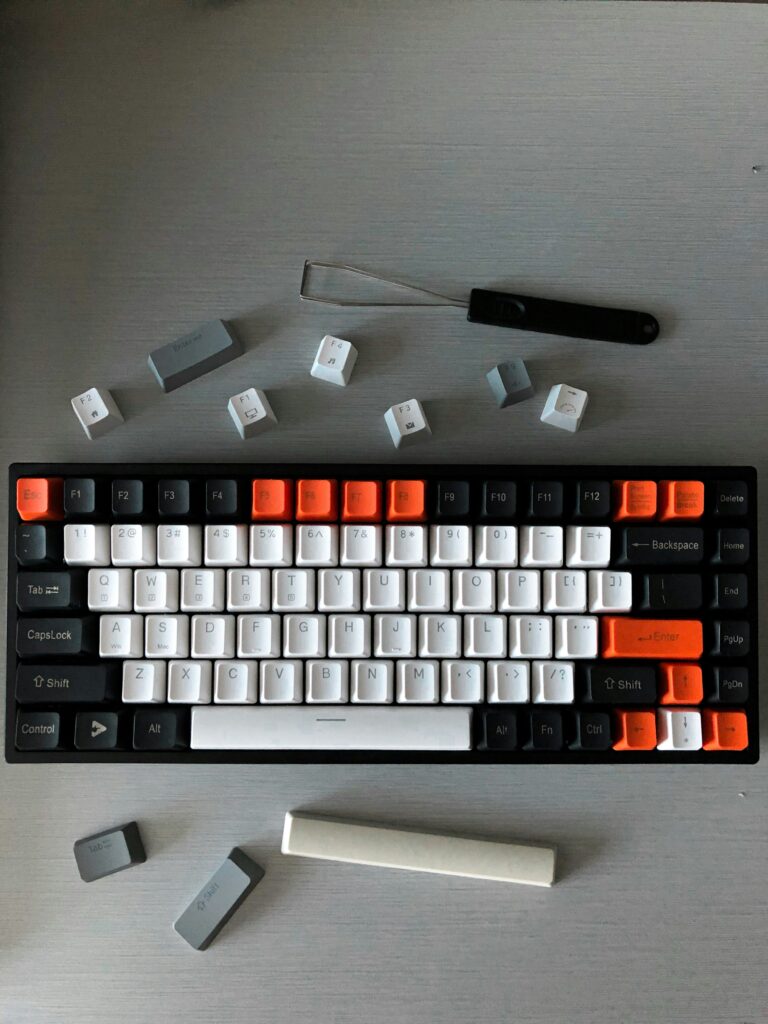
Many boards also include foam layers for better sound and feel. You even get wireless mechanical keyboards with low latency.
There’s something for everyone. From full-sized boards with macro rows to compact 60% layouts for tight desk spaces.
Why it matters
The keyboard is where most of your input happens. Whether you’re dodging bullets or launching spells, each key press counts. That’s why moving from a membrane keyboard to a mechanical one is such a big upgrade.
It’s not just about the feel. It’s about control. Precision. Comfort.
If you’re still using a basic keyboard, you’re missing out.
Gaming keyboards have come a long way from simple rubber domes to feature-packed mechanical marvels. The shift was slow but steady. What was once only found in pro setups is now within reach for every gamer.
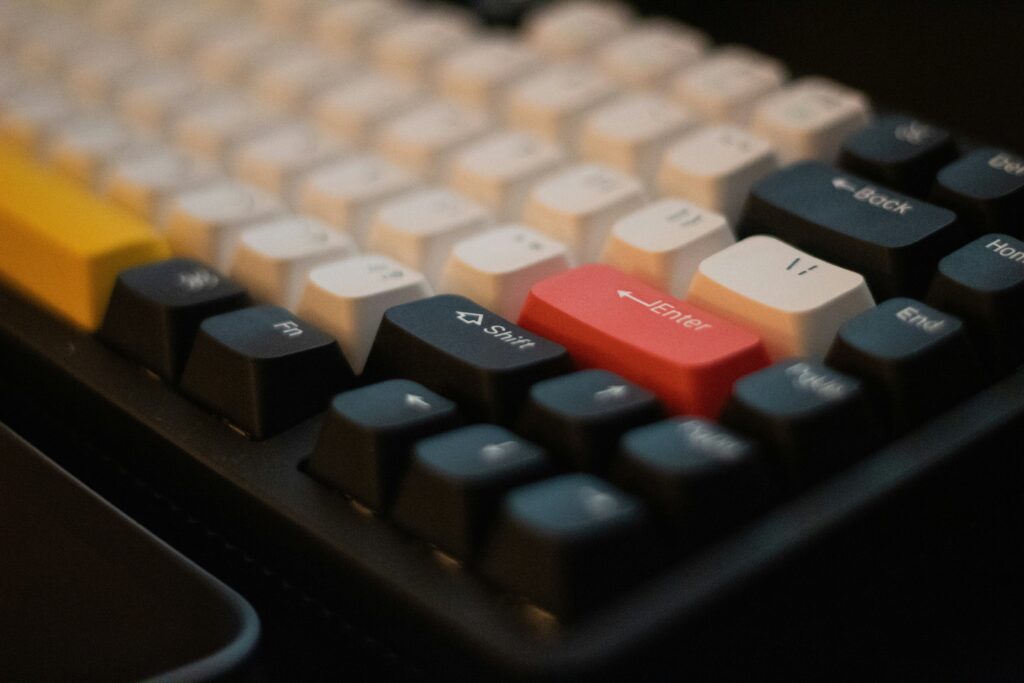
Whether you’re building a new gaming setup or just want a better feel while typing, a mechanical keyboard is worth it.
Trust your hands. They know what feels right.
For more blog pieces like this, check out the blog section!
